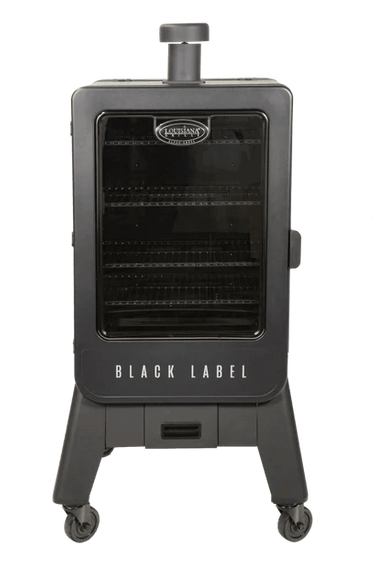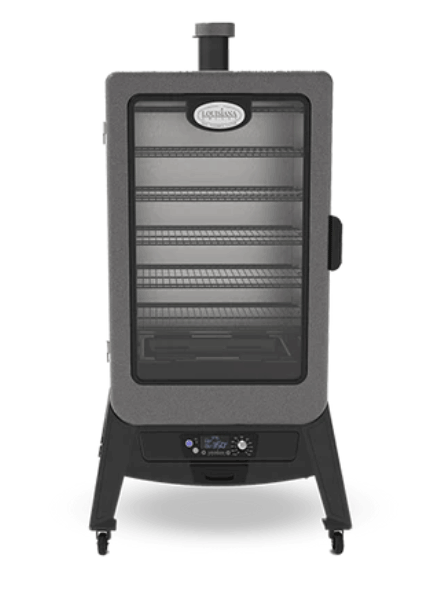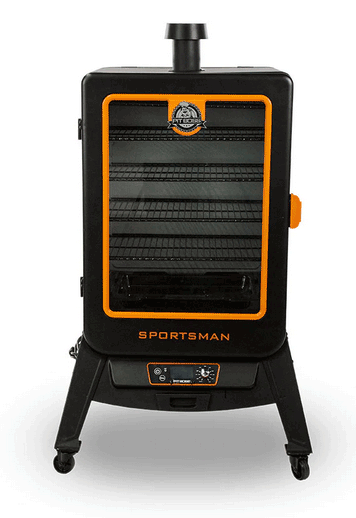Outdoor Smokers
If you have a backyard and you want to enjoy it even more, why not add an outdoor smoker to your list of outdoor pleasures? Even if you live in a city where the weather is just too temperamental for the outdoor smoker, you can still enjoy smoking hot and flavorful food inside your home. In fact, adding a smoker to your outdoor kitchen makes cooking even more enjoyable than ever before.
Outdoor smokers are a popular choice among barbecue enthusiasts who want to take their culinary skills to the next level. These versatile cooking appliances allow you to create delicious, slow-cooked, and smoked dishes with ease. In this article, we will explore the various types of outdoor smokers, discuss their benefits, and highlight some of the most popular models available on the market.
Types of Outdoor Smokers
There are several types of outdoor smokers to choose from, each with its own unique features and benefits:
-
Offset Smokers: Also known as horizontal smokers or barrel smokers, offset smokers feature a large cooking chamber and a smaller firebox attached to one side. The heat and smoke from the firebox travel through the cooking chamber, cooking the food indirectly. Offset smokers are ideal for smoking large cuts of meat and require a bit more skill to maintain consistent temperature and smoke levels.
-
Vertical Smokers: Vertical smokers, also called bullet smokers or water smokers, have a compact, cylindrical design with multiple cooking racks stacked on top of each other. These smokers often include a water pan to help regulate temperature and add moisture to the cooking environment. Vertical smokers are popular for their space-saving design and ease of use.
-
Kamado Smokers: Kamado smokers, such as the Big Green Egg or Kamado Joe, are versatile, egg-shaped ceramic grills that can be used as a smoker, grill, or oven. These smokers provide excellent heat retention and precise temperature control, making them a favorite among experienced barbecue enthusiasts.
-
Pellet Smokers: Pellet smokers use wood pellets as fuel and feature an electronic control system that automatically feeds the pellets into the firebox, maintaining a consistent temperature. These smokers offer a "set-it-and-forget-it" convenience and are popular for their ease of use and consistent results.
-
Electric Smokers: Electric smokers use an electric heating element to produce smoke and maintain temperature. These smokers are known for their convenience and ease of use, making them an excellent choice for beginners.
Benefits of Outdoor Smokers
Outdoor smokers offer several benefits that make them an attractive option for cooking enthusiasts:
-
Flavor Enhancement: Smoking imparts a unique, rich flavor to your food that cannot be achieved with other cooking methods.
-
Tender and Juicy Results: The slow and low cooking process of smoking allows the connective tissues in meat to break down, resulting in tender, juicy, and flavorful dishes.
-
Versatility: Many outdoor smokers can be used for various cooking techniques, such as grilling, roasting, and baking, in addition to smoking.
-
Expanded Cooking Options: Owning an outdoor smoker allows you to experiment with different types of wood, rubs, and marinades, expanding your culinary repertoire.
-
Social Experience: Smoking food is often a communal activity, allowing you to gather with friends and family while enjoying the delicious results of your efforts.
Popular Outdoor Smoker Models
Several outdoor smoker models have gained popularity due to their performance, features, and overall value:
-
Weber Smokey Mountain Cooker: This vertical smoker is a favorite among beginners and experienced smokers alike, offering a user-friendly design, excellent temperature control, and a range of size options.
-
Traeger Pro 575 Pellet Grill: This pellet smoker is known for its ease of use and consistent results, featuring a digital control system and a large cooking area.
-
Big Green Egg: This kamado smoker is a versatile and high-performing option, offering excellent heat retention and precise temperature control.
-
Pit Barrel Cooker: This unique vertical smoker features a barrel design and hanging cooking method, providing even cooking and a large capacity for smoking multiple cuts of meat simultaneously.
-
Masterbuilt Digital Electric Smoker: This electric smoker offers convenience and ease of use, with a digital control panel, ample cooking space, and consistent temperature control.































